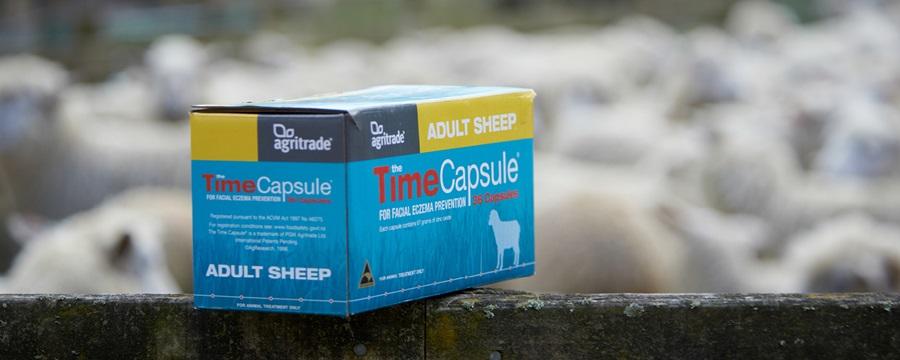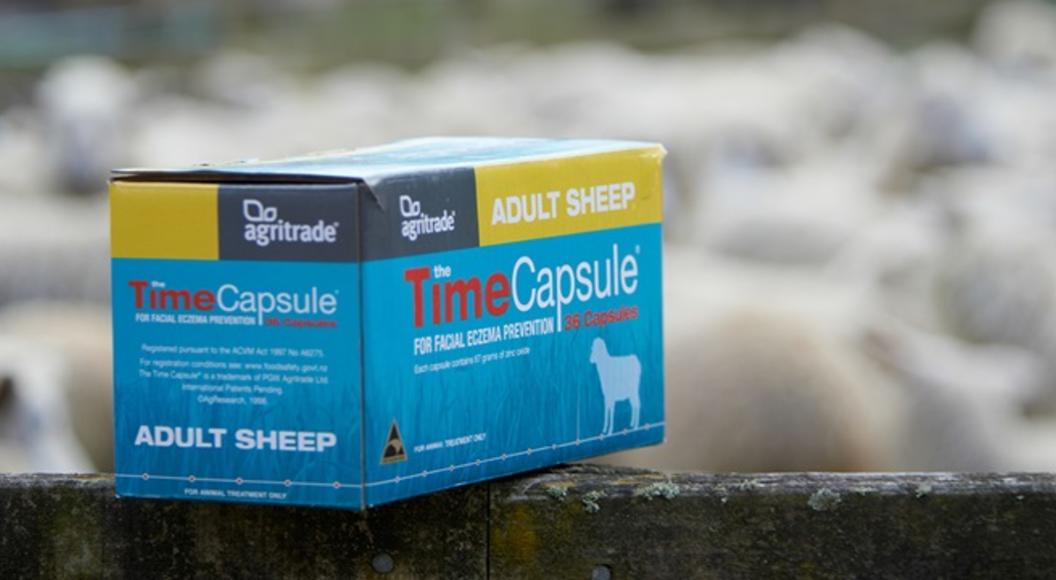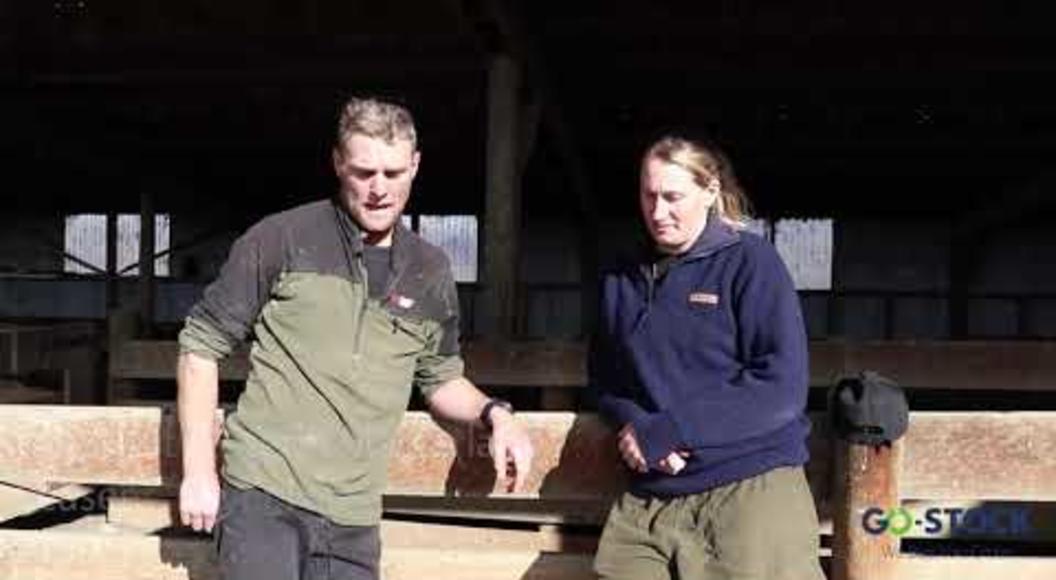
Think zinc to protect against facial eczema
Managing Facial Eczema (FE) requires a multipronged approach that involves reducing spore intake and providing zinc as a prophylaxis and therapy.
FE is caused by a mycotoxin produced by the fungus Pithomyces chartarum growing in pasture dead matter. This fungus multiplies rapidly when overnight temperatures are above 13 degrees Celsius and when there is moisture available. The fungal spores are ingested by livestock and release a toxin called sporidesmin, which is concentrated in the bile of the liver causing significant liver damage. This causes phylloerythrin, a breakdown product of chlorophyll which builds up in the blood stream and reacts with sunlight causing photosensitivity and the lesions we recognise as FE. By the time you see the physical signs of FE, there is already significant liver damage in a large proportion of the mob.
Zinc helps to reduce FE incidence. The mycotoxin in sporidesmin is a thiol compound. Thiols react with certain metals to form stable compounds called mercaptides that do not cause tissue damage. Zinc is a mercaptide forming metal and is able to prevent and limit tissue damage from the sporidesmin. It is important to note that chelated zinc does not have this protective effect.
Zinc prevention needs to occur two to three weeks prior to the risk period to build up protective levels in the animal (see Zinc dosing steps). When spore counts are rising towards 30,000, begin zinc supplementation so that by the time counts actually reach 30,000, the animals are receiving 2 g of zinc per 100 kg.
The most effective treatment for preventing facial eczema is the use of The Time Capsule®. It contains zinc oxide, providing four weeks protection in cattle and six weeks in sheep. Repeated treatments extend this protection period. It is a safe and easy-to-use bolus, that leaves no residue and removes the guess work from dosing.
In a 2019 trial¹, The Time Capsule was administered to cattle on two farms over a period of two months. Animals were blood sampled and weighed each week to determine liver function and serum zinc levels. The Time Capsule performed well with serum zinc levels rising quickly in all animals to be greater than the protective level of 18 umol per L at the first sampling one week after administration. The levels remained consistently protective through the eight week study.
Liver function in the animals remained well within the normal parameters indicating that the cattle were protected. There was no relationship seen between the serum zinc levels and weight gain. Weight gain was not affected by the zinc treatment on the two farms.
If animals are affected with clinical FE, it is still worthwhile treating them with zinc. Treatment helps to reduce the continuing liver damage and allow for recovery. Zinc can also be supplied through supplementation in water and feed using products like Zinc Oxide, Zinc Sulphate Heptahydrate and Zinc Sulphate Monohydrate. If you are going to supply the zinc through water or feed, give animals an oral drench to lift levels quickly and safely. The zinc content of supplements varies, so check with your PGG Wrightson store or Technical Field Representative to calculate the correct dose for the product you are using. Blood samples can be analysed to check that the animals are receiving a protective dose.
For more advice around FE treatment or prevention, contact your local PGG Wrightson Technical Field Representative or store.
Zinc dosing: Steps for when to start treatment
- Step 1:
Monitor regional spore counts
When regional counts trend upwards to reach 20,000, continue to Step 2. - Step 2:
Monitor farm specific counts
Choose four paddocks that are representative of the farm. When farm specific counts rise to reach 30,000 continue to Step 3. - Step 3:
Weigh a selection of cattle
Accurate live weight measurement is essential to ensure the correct bolus size or mixing rate is being used. Guesswork leads to error! - Step 4:
Dose cattle with full zinc rates
If spore counts are over 30,000, cattle should be dosed with a full dose of zinc: 2 g of elemental zinc per 100 kg liveweight per day. - Step 5:
Is my programme working?
Have you checked your dosing method is effective? Recent New Zealand trial work¹ has highlighted that approximately 70 percent of zinc dosing programmes don’t achieve protective levels. Measure serum zinc and GGT three to six weeks into your programme.
¹ 2019 New Zealand trial approved by an animal ethics commitee, conducted by an independent research company.
Sponsored by Agritrade


